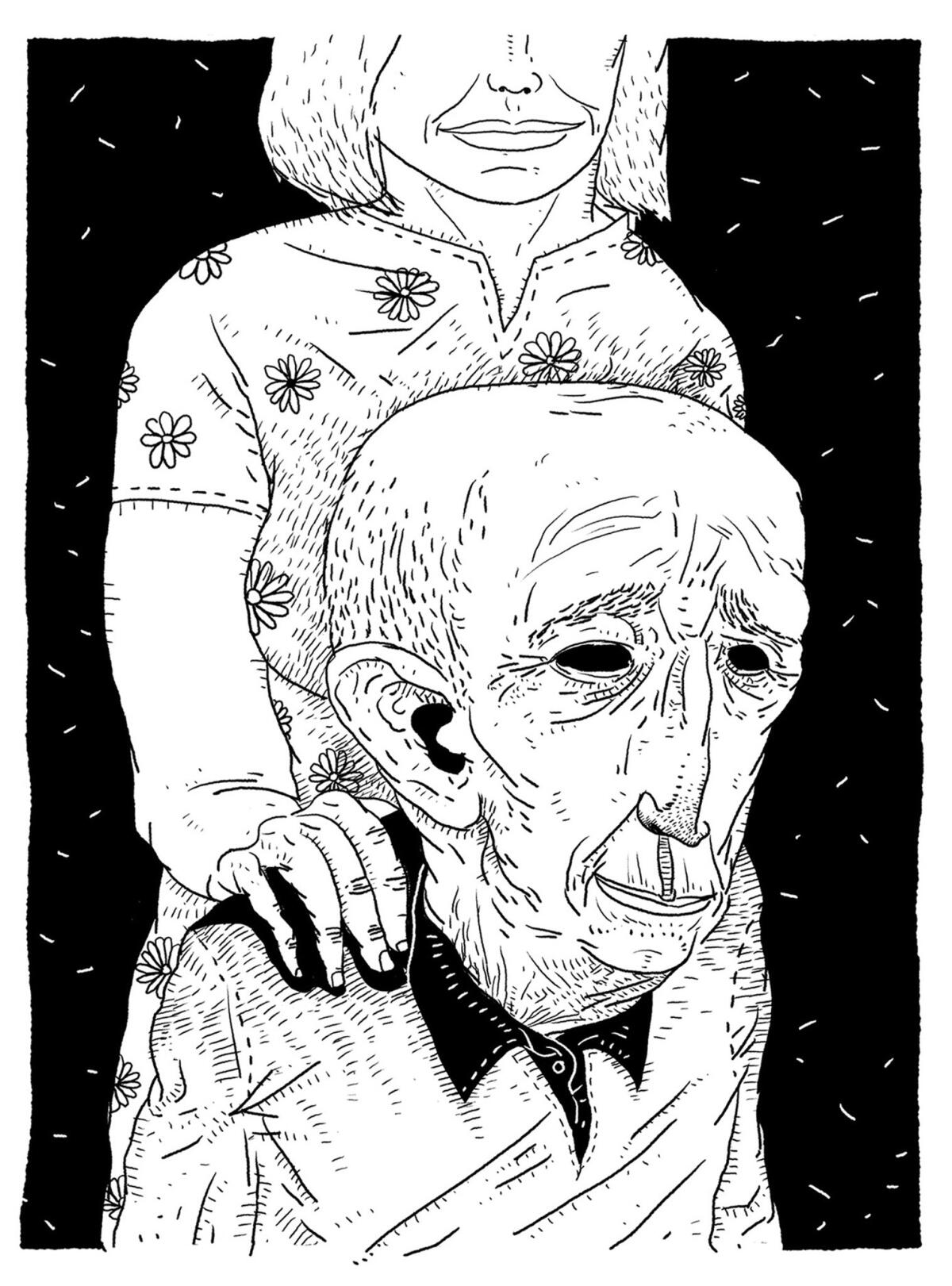We can’t afford <i>not</i> to spend more money on Alzheimer’s research

- Share via
Alzheimer’s disease and other dementias not only destroy the lives of those who suffer from them but take a devastating toll on family caregivers and on those who must pay the cost of care. An estimated 5 million people in the United States suffer from Alzheimer’s. But that number will increase exponentially in the years ahead because of what Robin Barr, a senior official at the National Institute on Aging, calls “an aging tsunami.” A highly cited published research analysis estimates that the number of people with Alzheimer’s around the world will jump from 36 million today to 115 million by 2050.
A recent study in the journal Neurology estimated that the Centers for Disease Control and Prevention’s figure on deaths attributable to Alzheimer’s in 2010 — 83,494 in the U.S. — is a fraction of the true number, which it estimated at more than 500,000. Officials at the CDC admit that the agency’s number is significantly low.
Just as alarming is this: A study by researchers at Rand Corp. and other institutions calculated that the direct cost of care for people with Alzheimer’s and other dementia in 2010 was $109 billion. In comparison, healthcare costs for people with heart disease was $102 billion; for people with cancer, it was $77 billion. Yet cancer research will be allocated an estimated $5.4 billion this year in federal funds, and heart disease will get $1.2 billion — while research on Alzheimer’s and other dementias comes in at only a fraction of that, at $666 million.
It’s time to substantially increase that budget.
There’s no question that the federal government has focused more intensely on research into Alzheimer’s and other types of dementia in the last few years. The National Alzheimer’s Project Act, signed into law in 2011, set up a national plan to aggressively develop new treatments for these devastating diseases. Toward that end, research on Alzheimer’s and related dementias was boosted with an additional $100 million in federal funds in the last year.
But to effectively tackle this disease over the next decade, more funding is required. Research stands at a promising new threshold. As National Institutes of Health Director Francis Collins said in an appearance before a Senate subcommittee in February, research has “shifted in recent years, from an emphasis on treatment of individuals with symptomatic disease to primary prevention among individuals at risk.”
More money can fund more clinical trials. And there are significant numbers of worthy grant applications at the National Institute on Aging that have not yet been funded, according to Barr.
The U.S. must do what it can to fight this hideous disease before it consumes millions more people and billions more dollars.
More to Read
A cure for the common opinion
Get thought-provoking perspectives with our weekly newsletter.
You may occasionally receive promotional content from the Los Angeles Times.






